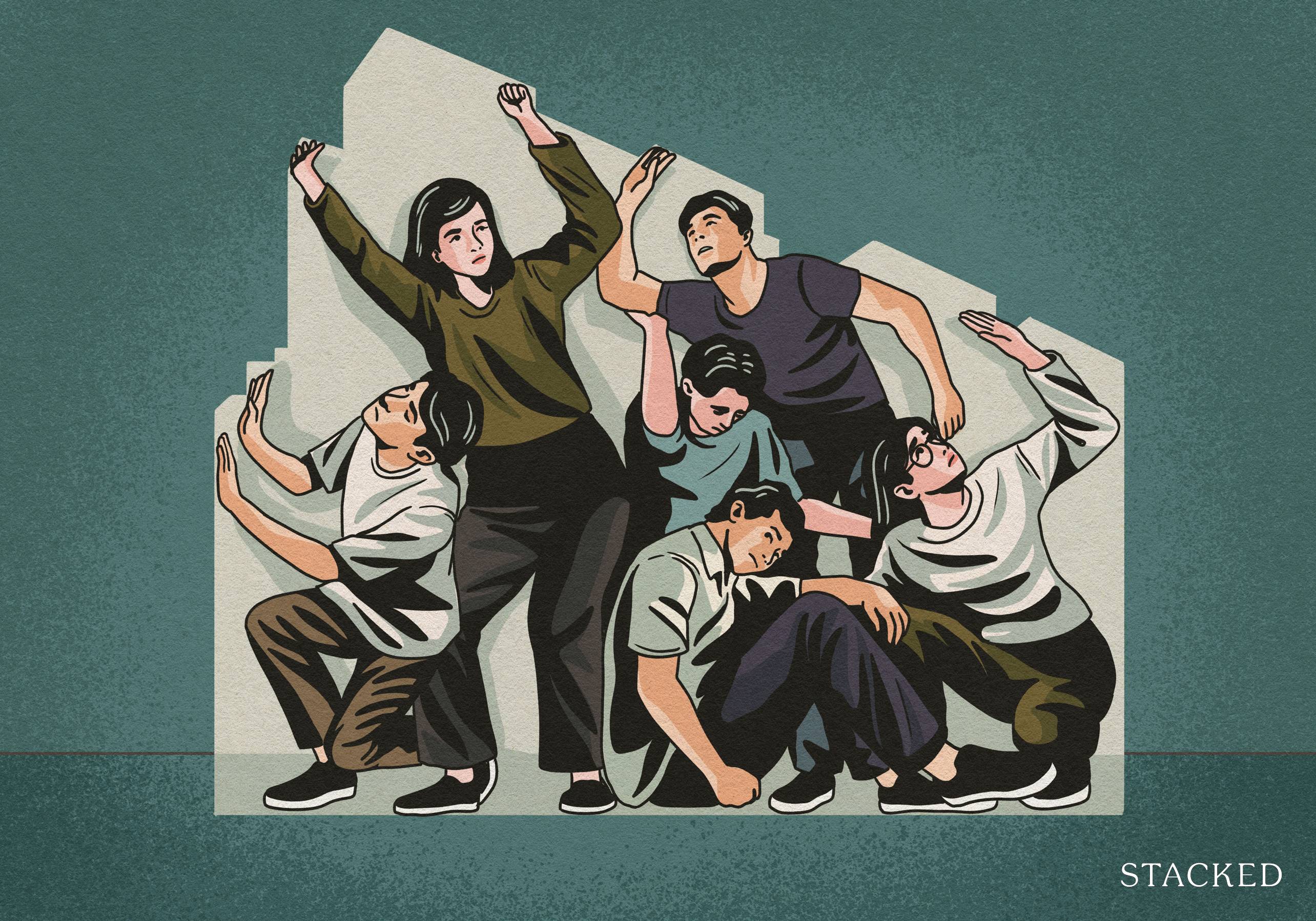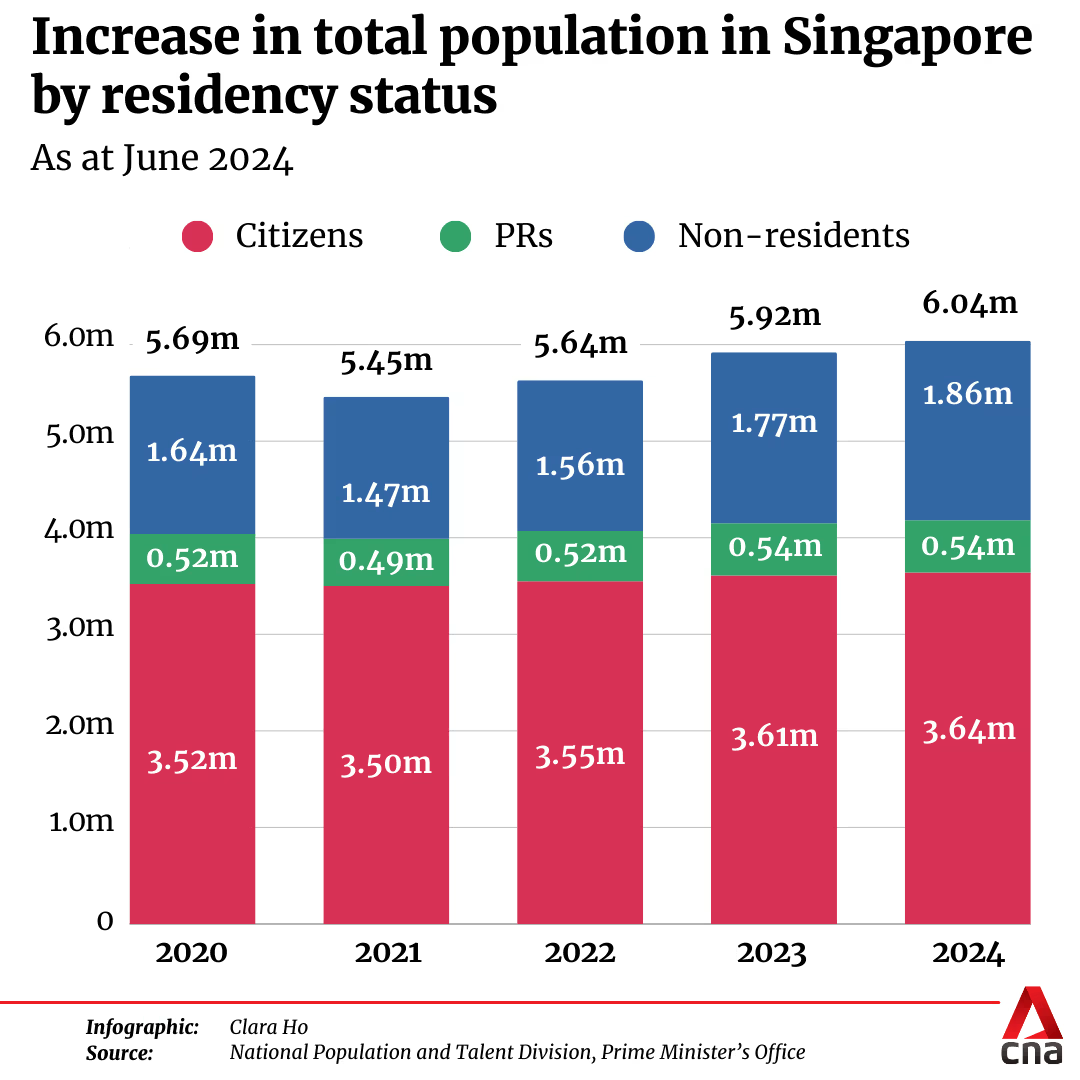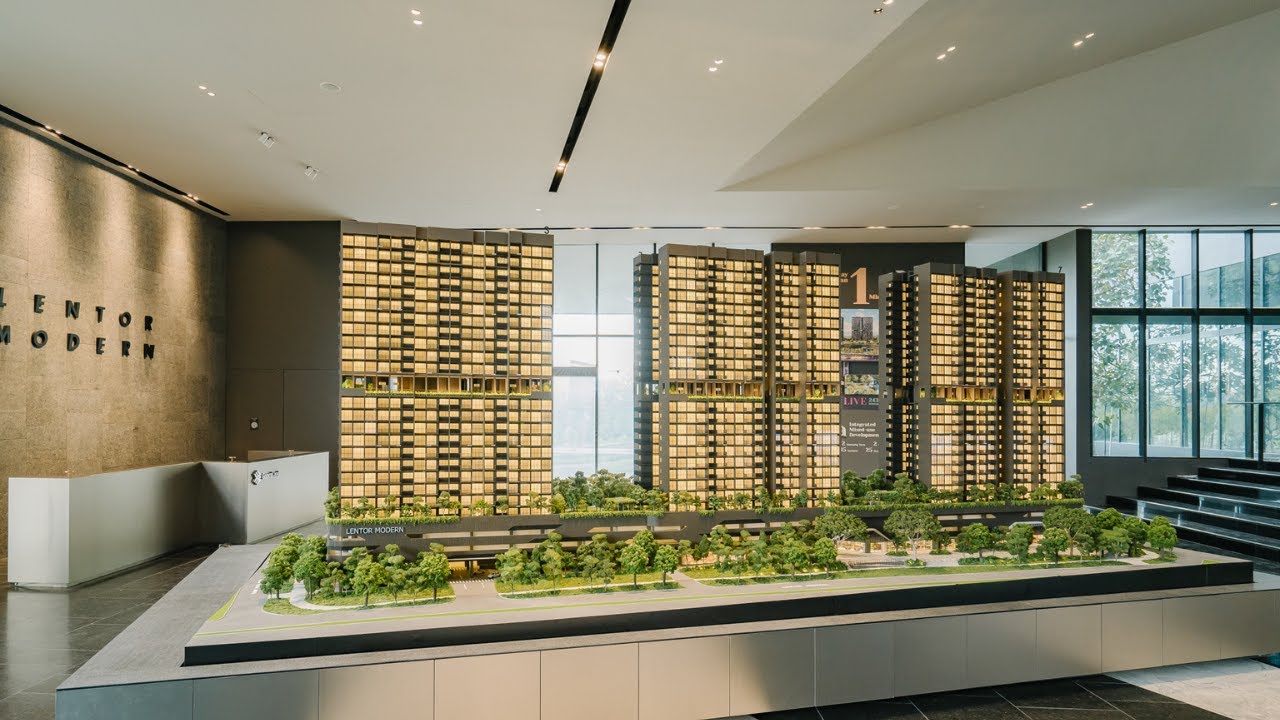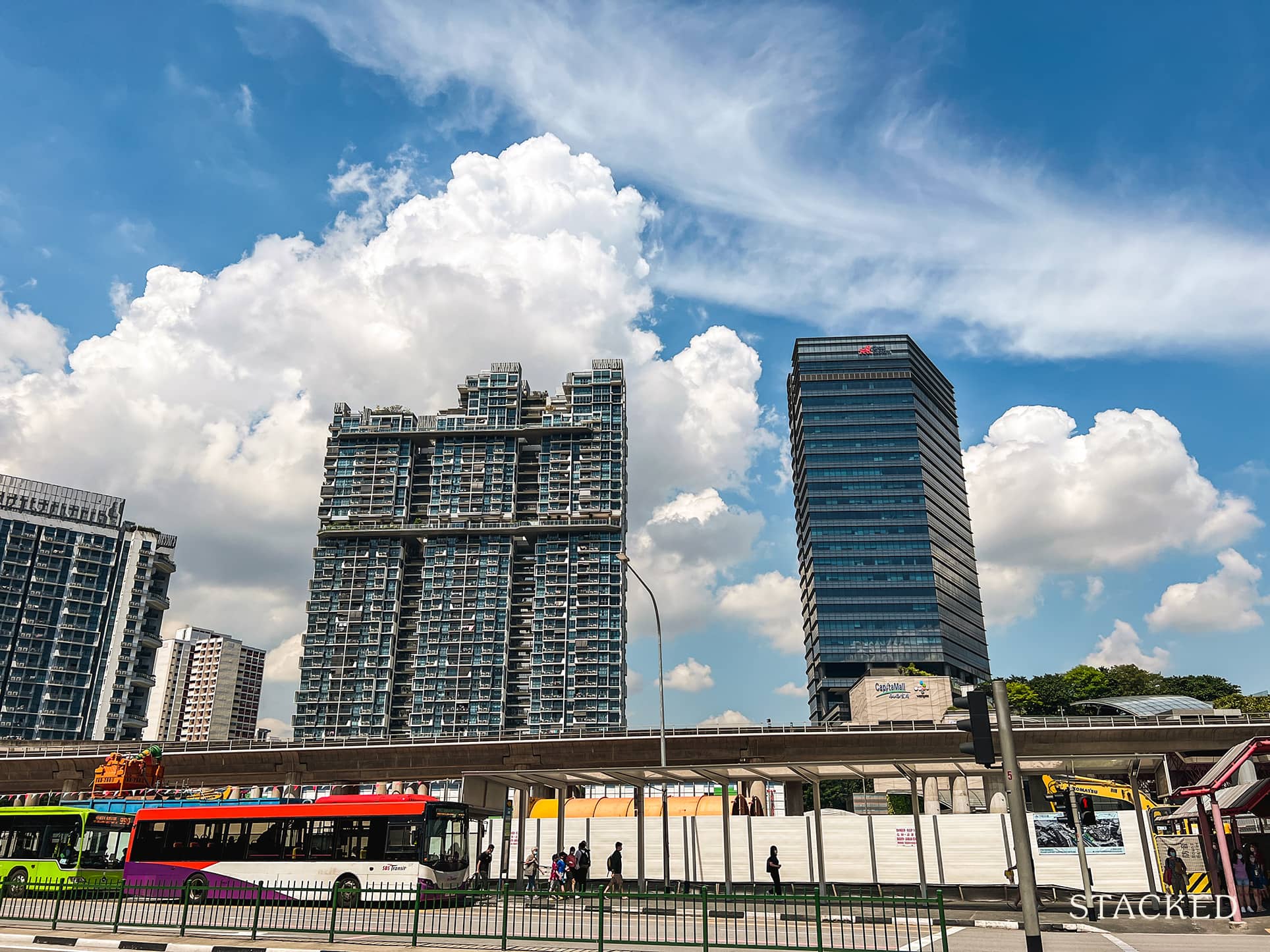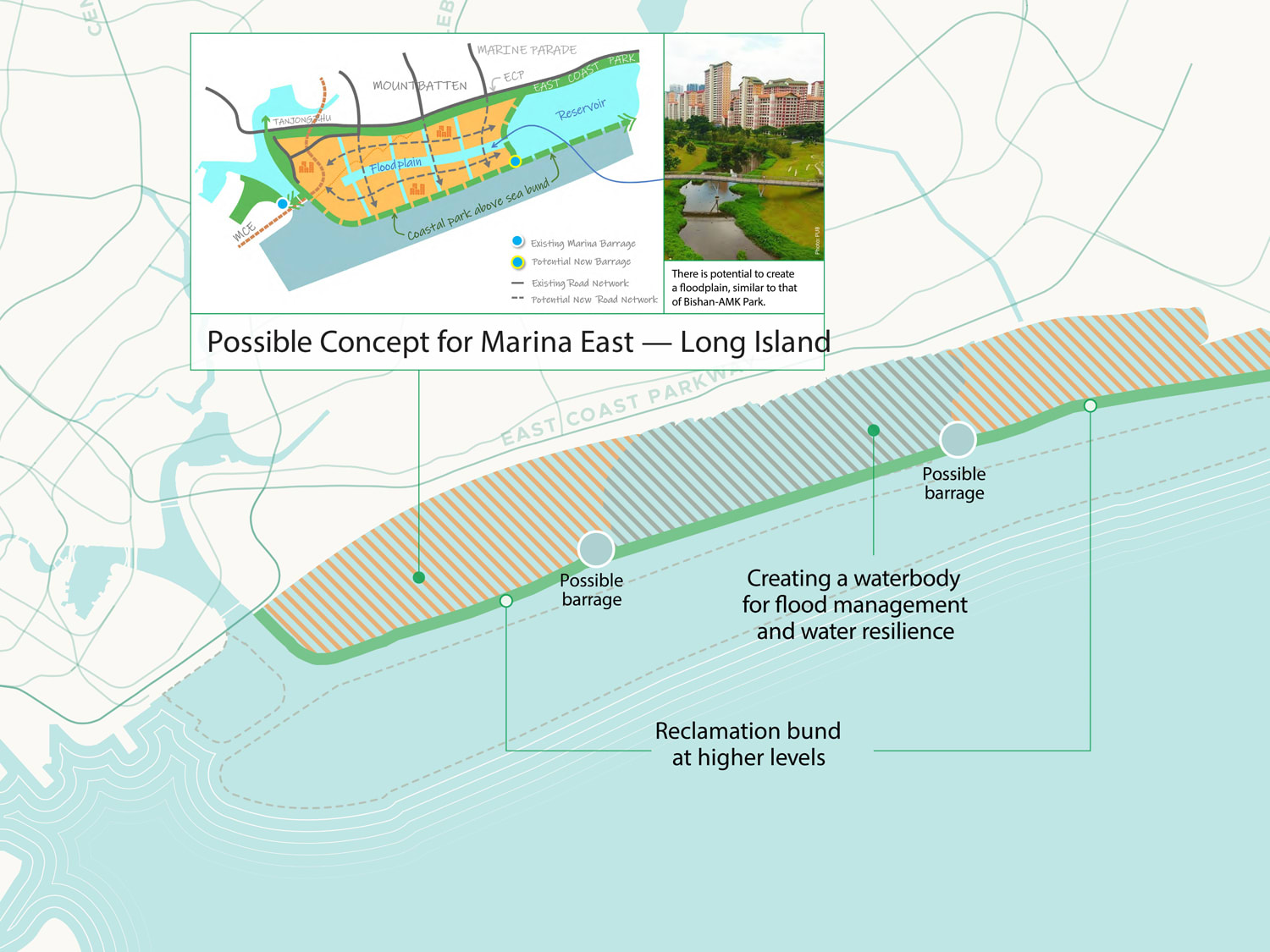Homes under construction in the Reunion resort near Disney World.
ChampionsGate resort near Orlando.
The pandemic-era logic of investing in Florida was simple: Families, flush with government stimulus payments and eager to break free from Covid-19 lockdowns, were traveling together to maximize economies of scale and multigenerational bonding. Airbnb Inc., Expedia Group Inc.’s Vrbo and local property managers made a killing by brokering such nightly rentals in exchange for a cut of the payments.
Featured in the October/November issue of
Bloomberg Markets. Photographer: Rubén E. Reyes for Bloomberg Markets
The most ambitious investors followed a strategy promoted by social media gurus in the era of low mortgage rates known as “buy, rehab, rent, refinance, repeat,” or “BRRRR.” Some investors focused on 12-month leases, but the real money was in nightly rents, which also had a name: “BRRRRbnb.” Podcasts and YouTube channels offered tips on how to operate Airbnbs remotely.
Through his company, Orlando Host, Jay Breitlow manages 135 properties with as many as 10 bedrooms and featuring themes from the likes of
The Jungle Book and
Frozen. Some owners complain about low nightly rents and are looking to cut their losses. “One house has been up for sale for six months, another for two years, but nothing is moving quickly,” he says. “It’s a hangover from the boom when things were great.”
Easy lending enabled the vacation-home boom. Some owners bought with traditional mortgages. Others used short-term, or bridge, loans. Still others made use of home equity lines of credit, or adjustable-rate financing, which carried low initial costs but spiked with higher rates.
Room at the Inn
US listings for available short-term rental properties
Source: AirDNA
Specialty finance companies also tailored loans to real estate investors. They’re called debt service coverage ratio, or DSCR, loans, underwritten primarily on cash flow from the property rather than the borrower’s own finances. Most owners rely on income from tenants with annual lease contracts, but some
started to count on payments from Airbnb guests. Wall Street banks often package these loans into mortgage-backed bonds.
Delinquencies on those loans, though still low, are rising. About 4% of investors who took out DSCR loans were at least 30 days late on payments in August, twice the rate from two years earlier, according to an analysis of mortgage-backed securities by data company dv01, owned by Hearst Corp.’s Fitch Group unit.
With a loan from Florida lender Lendz Financial, Jeff Major paid $1.89 million last year for a home in Bear’s Den, in a Kissimmee-area resort called Reunion, and outfitted it with
Jurassic Park- and
Mario Brothers-themed bedrooms.
Before he purchased the home, a local property manager estimated that it could generate more than $1,000 a night, according to his daughter, Anita Major, a real estate agent. It turned out to be less than $400—when it didn’t just sit empty. Jeff also got buried in costs, including homeowners association dues and insurance premiums. He tried to escape his troubles by selling at a loss. But a representative of the bondholders now holding the note didn’t approve the deal, Anita says. (Lendz Financial declined to comment.) “We reached out to the lender for support,” she says. “But it was like, ‘Pay us,’ and that’s it.” The property is now in foreclosure.
•••
A big part of the problem: The post pandemic travel surge is easing. In August,
Airbnb shares plunged the most since 2022 after its bookings fell well short of analyst estimates. Homeowners who counted on these travelers now face making far less than they expected or have to spend more to make their rentals stand out in a crowded market. The number of US short-term rentals has risen by a third since August 2019, to 1.7 million, AirDNA data show. In a statement, Airbnb says its hosts are still earning significantly more than they did before the pandemic. During the health crisis, guests were more commonly booking larger, more expensive listings.
In Kissimmee, this summer’s revenue per available rental—reflecting falling occupancy and lower nightly rates—dropped by a third, to $108, from the same period in 2022, according to vacation-home tracker Key Data Dashboard Inc. (Airbnb says host earnings in the first half in Kissimmee are still more than triple what they were in 2019.)
“People who know how markets can change over the years had the expectation that peak revenue does not last forever,” says Melanie Brown, Key Data’s executive director of data insights. “People who didn’t have that perspective are like, ‘What the hell happened to my money?’ ”
Unlucky Landlords
Kissimmee housing and rental market indicators
Note: Inventory, sale price and foreclosure filings are at the city level. Short-term rental revenue is for the Kissimmee area.Sources: Redfin (inventory and sale price), Attom (foreclosures), Key Data (rental revenue)
Many of those buyers were second-home owners who rented the properties out by the night when they weren’t staying in them. Others purchased houses purely as investment opportunities, sometimes trying to build businesses fast by buying multiple homes.
The markets with the most relaxed rules for short-term vacation rentals are getting inundated with supply. In Tennessee’s Sevier County, known as the gateway to the Great Smoky Mountains, the lush forest trails and campgrounds are as inviting as ever. But Melinda Johnson is getting nervous. She owns four vacation rentals and manages 26 others, including bigger ones built during the pandemic buying spree that are now having more trouble attracting renters. Owners can no longer depend on large-group bookings, typically confirmed a year in advance, and instead get couples and families looking for last-minute deals, she says.
Those without emergency funds to ride it out can lose money only so long. One property owner in Nashville texted Johnson this summer “out of the blue” with some unwelcome news about one of the two cabins the investor bought from a builder in 2021. With cathedral ceilings, a hot tub and a whiskey barrel converted into a video game console, it was scheduled for foreclosure auction the same morning. “I was in a panic, because guests were coming in,” she says.
•••
Orlando’s subdivisions have long appealed to investors, because theme park visitors flocked there as reliably as Florida sunshine. But in the three months ended in June, Walt Disney Co. reported slowing growth in revenue from theme park attendance, and Comcast Corp., which owns Universal Studios, posted a decline. At the same time, soaring insurance premiums in a state prone to experiencing the effects of climate change are raising homeowners’ costs.
In Kissimmee, home listings more than doubled over the past three years, according to data from real estate brokerage Redfin Corp. Many of these homes were completed during a decade-long short-term rental building boom.
And more people, either primary owners or vacation-home landlords, are falling behind on their mortgages. Over the 12 months ended in July, there were 1,088 foreclosure filings in Kissimmee, the highest level for that period since 2019, according to property tracker Attom Data Solutions LLC.
The investors more likely to be facing distress bought near peak prices, taking on higher mortgage rates or using adjustable-rate financing. They represent a small share of the market: Second-home owners who bought before the pandemic likely have enough equity to ride the ups and downs and still make healthy profits. And many simply want to offset the costs of their vacation pads by renting them out for whatever they bring in.
But as competition heats up, owners are feeling pressure to create Instagrammable features that will wow young guests and loosen their parents’ purse strings. Some investors are seeking to capitalize on the downturn, and entrepreneurs such as Josh Luttrell, a 26-year-old Maine transplant, are ready to help them. He co-owns Home Theme Orlando, with the motto “You dream it, we theme it.”
Luttrell in a themed house at ChampionsGate.
In a tan warehouse near the Orlando International Airport, Luttrell steps back to get a good look at a 10-foot robot inspired by Optimus Prime, the red-and-blue protagonist of the
Transformers movie franchise. He checks in with one of his employees, Rodger Marsh, who, at 6 feet 6 inches, is still dwarfed by his new creation. It’s an amalgam of 2,500 pieces, including golf cart tires and other vehicle parts molded from the real things. A month into the project on a 90-degree Monday, Marsh, in a blue T-shirt drenched in sweat, is hunched over the 33-inch-long leg with tires and gears glued onto plastic foam.
He was planning to bolt it to the wall in a kneeling position as the centerpiece of a converted garage arcade in an eight-bedroom short-term rental home. For this sculpture alone, Luttrell says, the owner of the house in the ChampionsGate resort will pay $30,000.
Luttrell says his company typically starts at $150,000 to “theme” a house, though one with a Pixar motif cost $300,000. His clients can afford to make upgrades, because they’re able to negotiate 2019 prices from sellers who can’t afford to do it themselves, he says. “You’ve got to be different from everybody,” he says of the houses. “This is how you win in this market.”
Luttrell is now raising $10 million for his first short-term rental distressed fund. His plan is to purchase large houses at steep discounts and “theme the crap out of them,” sharing the profits from nightly rents with investors who buy in for a minimum of $50,000.
He’s betting on a rebound. Mortgage rates are falling, and more important,
Universal Epic Universe, the area’s first new theme park in years, is slated to open in 2025. Luttrell’s partner, Marc Younger, recently completed a house for an investor from Montreal that’s designed in honor of the new park’s themed areas: How to Train Your Dragon, Super Nintendo World and the Wizarding World of Harry Potter—Ministry of Magic.
The math now works, because the owner paid $680,000 for the eight-bedroom house on a lake, about $300,000 less than it would have cost two years ago, Younger says. He spent an additional $180,000 to decorate it with the Universal theme.
“We went all out on that one,” Younger says. “I think he’ll do $160,000 of revenue a year.”
Tracey Thompson, Home Theme Orlando’s head artist, painting
Transformers‑inspired decor.
Arcade games awaiting installation.
Materials for
Transformers-themed decorations.
Rodger Marsh, who sculpts scenery for Home Theme Orlando.
Inside the company’s warehouse near Orlando’s airport.
Yonel Devico, whose mortgage investment company, Crosby Capital, is in Miami, says he’s seeing more opportunities to capitalize on the slump. In 2022 he acquired a delinquent loan on a 4,500-square-foot house in Reunion and foreclosed on the owner, who was making lots of money until the market slowed, he says.
The erstwhile owner returned with backing from other investors and asked if he could buy back the home, along with an even bigger house nearby. Devico provided him with a short-term bridge loan, but when rates stayed elevated, the buyer was unable to refinance his way into something more permanent, Devico says. Crosby is foreclosing on both houses.
“Everything was against him—the interest rates, the property insurance costs, the lower vacation traffic,” Devico says, adding that distress is mounting for similar investors. “A lot of people can’t refinance. It’s a major problem.”
David Myers, a local real estate agent, says many of his clients are still making money with their nightly rentals; it’s just a matter of using a little savvy. On a July afternoon, he tours a $1.7 million listing in the
Encore at Reunion resort that’s been on the market for almost a half-year.
Myers walks past a sign, which reads “Wow!,” into an arcade room with neon lights on the ceiling and a pool table shaped like a white Ford Mustang. He enters a bedroom with a tree-house theme and another with Dr. Seuss-style furniture. A third has a yellow submarine for a bottom bunk and a flying boat on top. He offers some pointers on how to make the home more attractive to renters. “It’s kind of an inconsistent theme,” he says of the house. “It’s important to tie it into something connected with a theme park, even if it’s a little character you stick in somewhere.”
Gopal covers real estate for Bloomberg in Boston.
More On Bloomberg
Terms of ServiceDo Not Sell or Share My Personal Information
TrademarksPrivacy Policy
CareersMade in NYCAdvertise
Ad Choices
Help©2024 Bloomberg L.P. All Rights Reserved.
Save now with a special offer.
Get the story behind the story for just $1.99/month.











